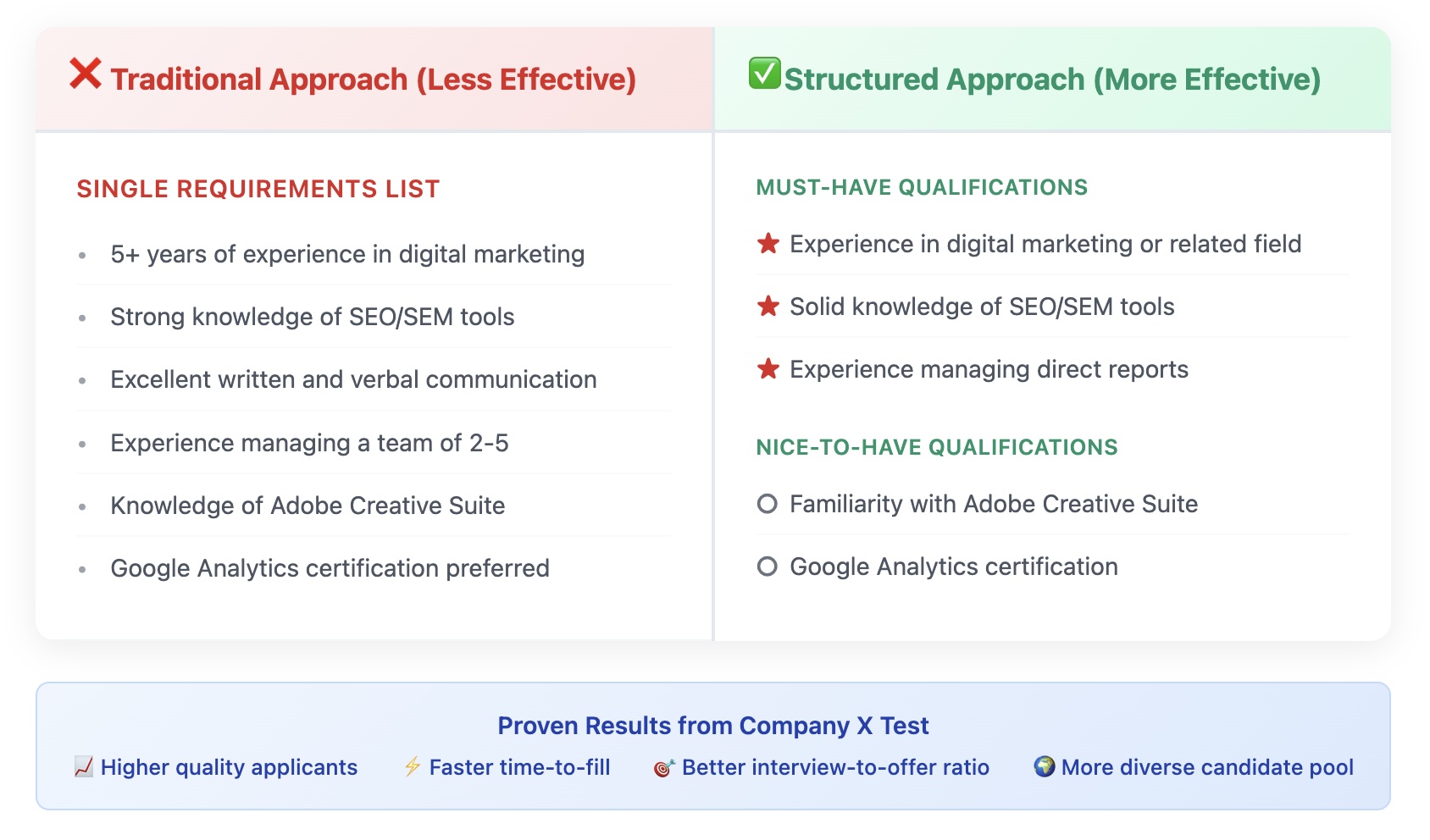Employees appear to enjoy continuous education, and employee training programs have the potential to be very effective and valuable resources. In fact, 90% of workers would stay with a firm longer if there was an investment in learning, according to TalentLyft. According to 360Learning, “learning and development departments and employee training programs are powerful tools in hiring, retaining, and retraining employees.”
Employee training programs may include anything from onboarding new workers to tackling general or particular skills, subjects, and more for current employees. Whether you want to establish one (or more) programs or refresh your present training content, read on to learn how to design an effective training course or program, as well as examples of top-tier training programs and suggestions for selecting the best teaching style.
What is an employee training plan, and what is its purpose?
A corporate-level training plan outlines a program for staff training that the organization has opted to offer. For example, if the Learning and Development team wishes to give employees a leadership development program, the next step would be to create a training plan. The training plan will include information such as the training’s goals and objectives, when it will be offered, prerequisites, the content of the course, training methods, and the various types of learning opportunities available, such as instructor-led training, online courses, assessments, and possibly mentoring.
The purpose of the training plan is to inform supervisors and staff members of the program’s benefits. It will help them assess if the program is the ideal one for a given employee. Based on their training and experience history, as well as the amount of time needed to finish the program, it will also assist in determining whether an employee is prepared for it.
Everything in a training plan created specifically for a single individual represents their immediate needs. Workers could also have a long-term growth plan for themselves called an employee development plan. The management and employees should then collaborate to match the development plan’s objectives with the training plan.
Why are training plans for employees important?
Employee training strategies are critical for moving particular learning projects forward. They should not be mistaken for development plans, which are long-term goals for specific personnel. Staff training plans, on the other hand, serve as skill-based guidelines for groups or the entire organization. These plans are effective strategies for closing short-term skill gaps indicated in personal development plans.
Key advantages of training programs include:
- According to SHRM’s 2022 Learning and Development Executive Summary, 76% of respondents are more inclined to stay with a firm that provides ongoing staff training. Organizational training plans are perfect for offering these opportunities because they optimize the employee growth procedure and allow L&D teams to provide more frequent, higher-quality training.
- Upskilling people leads to increased productivity and growth, ensuring the organization maintains a high level of performance. According to a study, firms that prioritize training are 59% more likely to expand.
- Training strategies can provide employees with the necessary skills to adapt to remote and hybrid work environments.
- Prioritizing learning and development is crucial for organizations committed to empowering their staff. Why? Because it pays off. According to 2023 research, 89% of employees believe that people enablement has improved the workplace.
Different types of employee training plans
As the L&D team recognizes the need for new, company-wide learning programs, it will develop new employee learning plans. Companies may have an infinite number of learning programs and related learning plans. However, the following categories are frequently seen in most businesses:
1. Onboarding
Onboarding helps employees become familiar with the firm, covers information that is common to all employees, such as regulations, and may introduce recruits to more information about the organization and the goods and services that it provides.
Onboarding may also entail role-specific training. In this instance, new personnel will be assigned to relevant groups. Employees in customer service, for example, will most certainly be required to master specific software as well as training to answer consumer queries.
2. Safety and Health Training
Companies frequently provide some security instructions for new employees. It might be incorporated into the onboarding process for workers who need to know the essentials. For example, office workers who sit at desks face little danger and need only be aware of concerns related to their position. To avoid harm, people employed on building sites or in risky professions may require extensive training.
3. Product Training
Product training is tailored to the needs of employees based on their roles, as not all require the same amount of information. However, it is beneficial for every staff member to have an understanding of the items that the firm produces. A brief review embedded into the onboarding process may provide the degree of information required by office employees who do not interact directly with consumers, such as HR and accounting personnel. Workers in sales must be able to converse with consumers about items, but they may not be required to know all of the facts. Technical support personnel, on the other hand, may require extensive training to grasp the products in enough depth to address particular inquiries from employees.
4. Training for leadership
Companies frequently create a program for create a program for leadership to promote the development and progress of existing and future leaders. Employee learning plans may cover topics such as how to provide feedback, mentoring, and teaching on the technologies used to examine worker information, approve time cards, and evaluate performance. The training program will also be adapted to how the firm expects its leaders to perform, frequently taking into consideration the organization’s values, mission, and business objectives.
5. Inclusion and Diversity Training
A corporation may provide a diversity, equality, and inclusion curriculum to educate staff on how they should interact with their coworkers, highlighting examples of unacceptable behavior, such as sexual misconduct or racial discrimination. The training plan may contain both a basic course for all employees and courses tailored to individuals in specialized jobs that require additional training, such as those in recruiting or managerial positions.
6. Soft skills training
Companies frequently create programs to assist their staff in improving certain soft skills. An example is a communication-focused staff training strategy. Other instances include project management, collaboration, time management, and problem-solving abilities.
Five vital phases for developing an employee training strategy
Following are the top-level activities most organizations take when developing a plan:
1. Needs assessment
The first stage is to determine the precise need that the training will address, whether it is for a company-wide training program or an individual employee. You should also rate this need in relation to other company training needs.
2. Create a high-level overview
Document the key components of the staff training program so that they may be shared with others. Include learning objectives, courses for the curriculum, eligibility standards, and training methods.
3. Evaluate current training alternatives
Before creating a new learning program and strategy, take a step back and assess whether existing programs can suit the demands of the organization or its employees. This is especially significant in large global corporations when it is not always clear what is accessible elsewhere in the organization.
4. Engage critical stakeholders
Once you’ve created a high-level strategy, please share it with important stakeholders such as employees, managers, and other corporate executives. To get input on a worker’s personal training plan, consult with HR and senior members of their team.
5. Finalize the training plan
With input from key stakeholders and a clear knowledge of the requirement, it’s time to create the staff training plan utilizing the template. This process involves making crucial decisions such as selecting the curriculum, education method, and supporting materials.
Once the employee training strategy has been set, the L&D team may begin building courses, locating third-party course providers, and creating training materials. Employees face similar tasks, but they are often smaller in scope. Each employee should collaborate with their manager and HR to find programs and learning activities that will match the goals of their staff’s training plan.
Conclusion
Employee training plans allow you to develop a visible roadmap for how you’re assisting your workers in acquiring the skills and competencies required to accomplish their jobs and improve the organization’s success. It is not difficult to create an employee training strategy. However, it requires some thought and balance of your employees’ requirements, corporate goals, and available resources. The rest is a matter of technique – or the appropriate online training technology.











